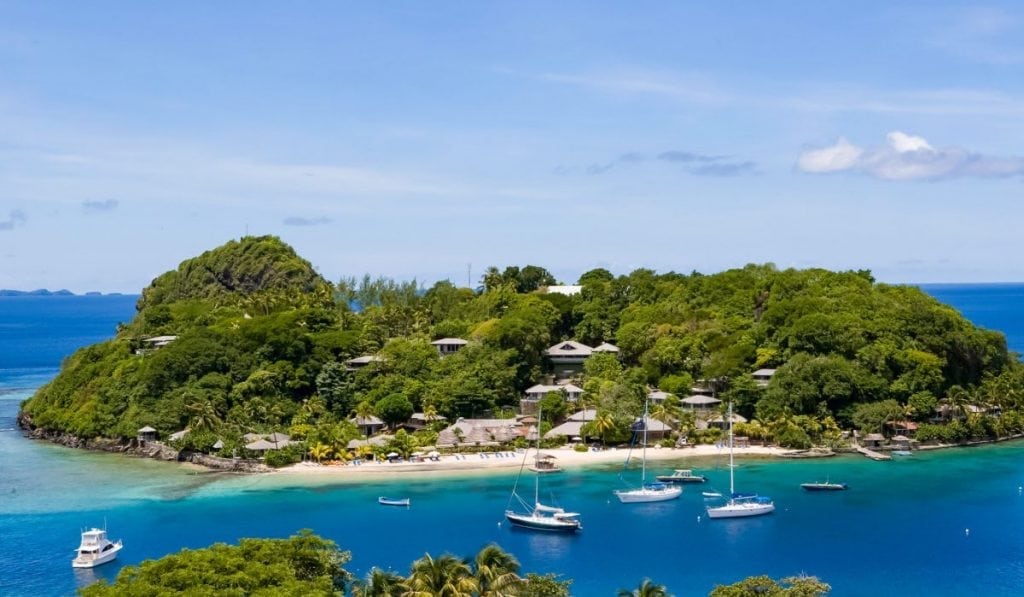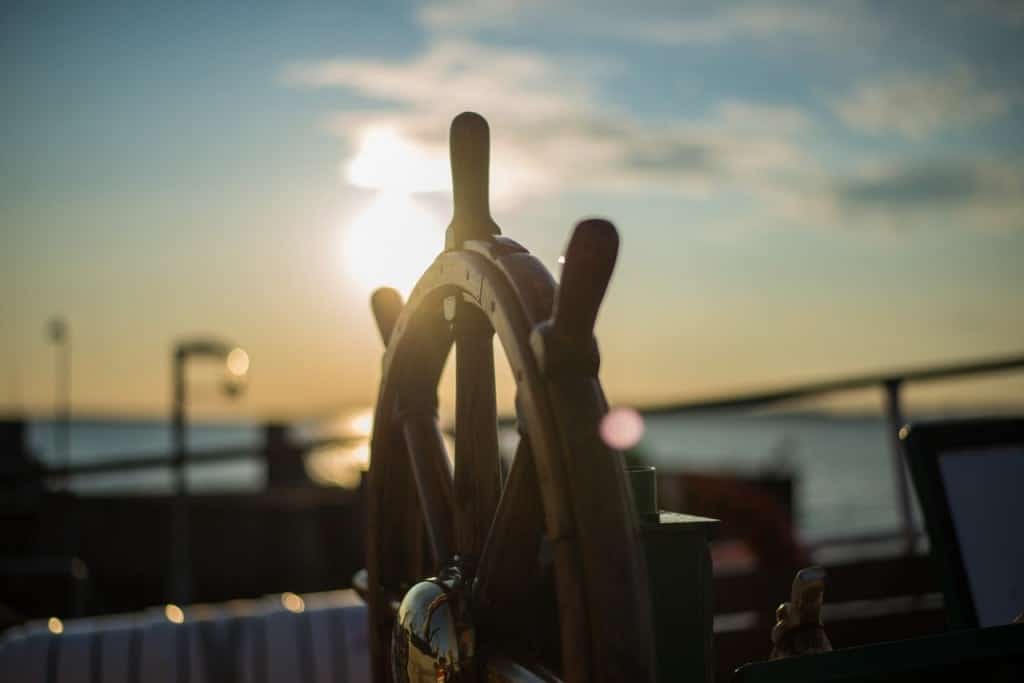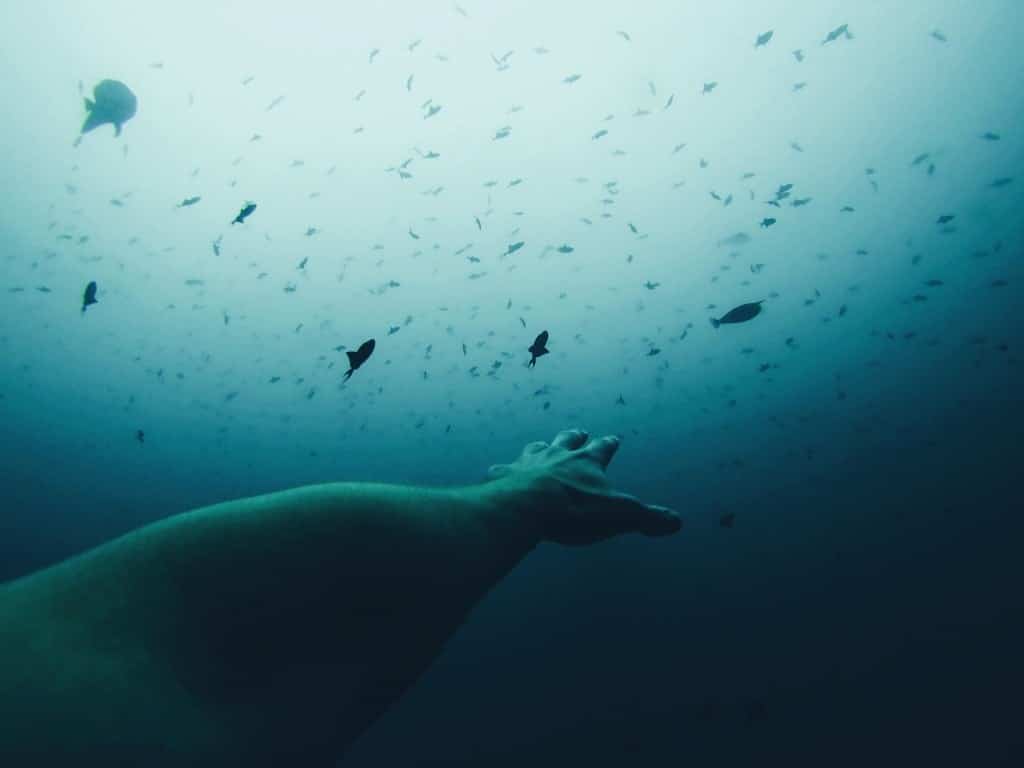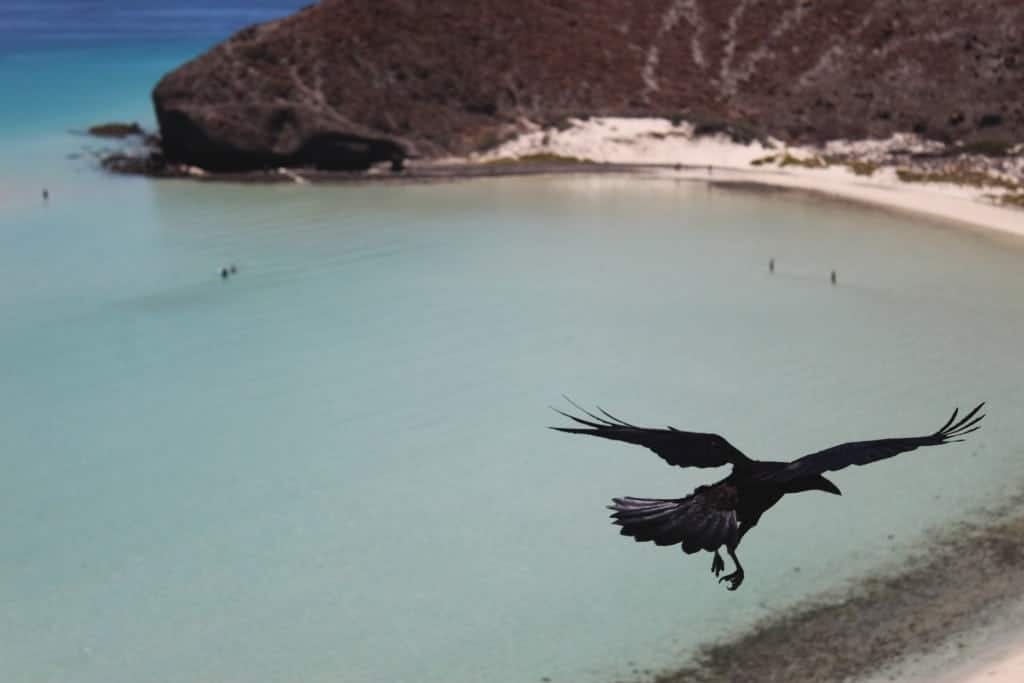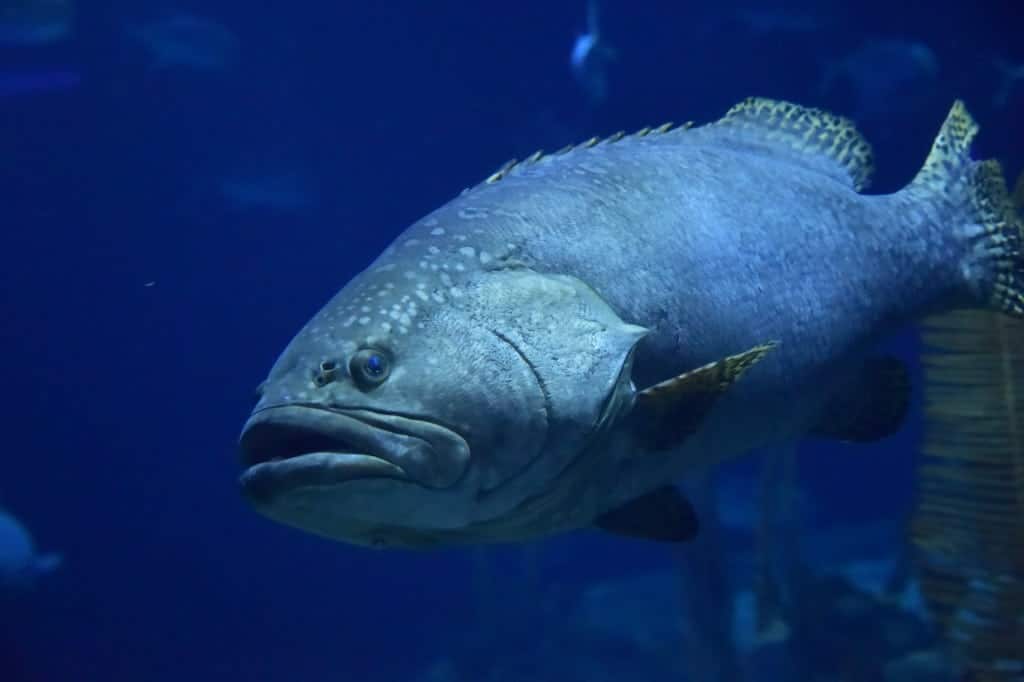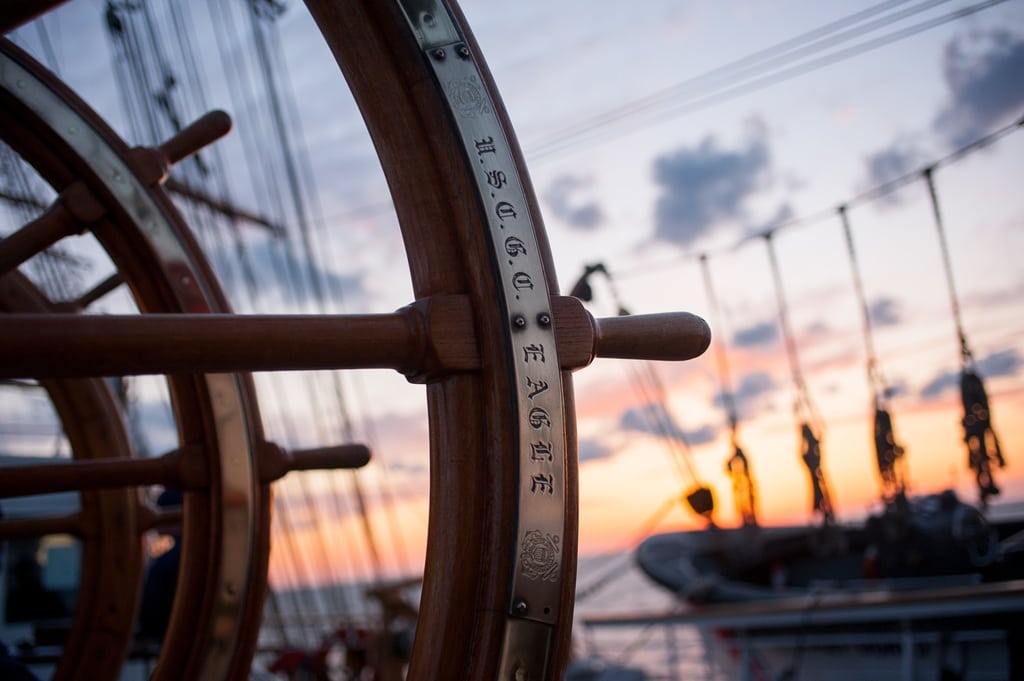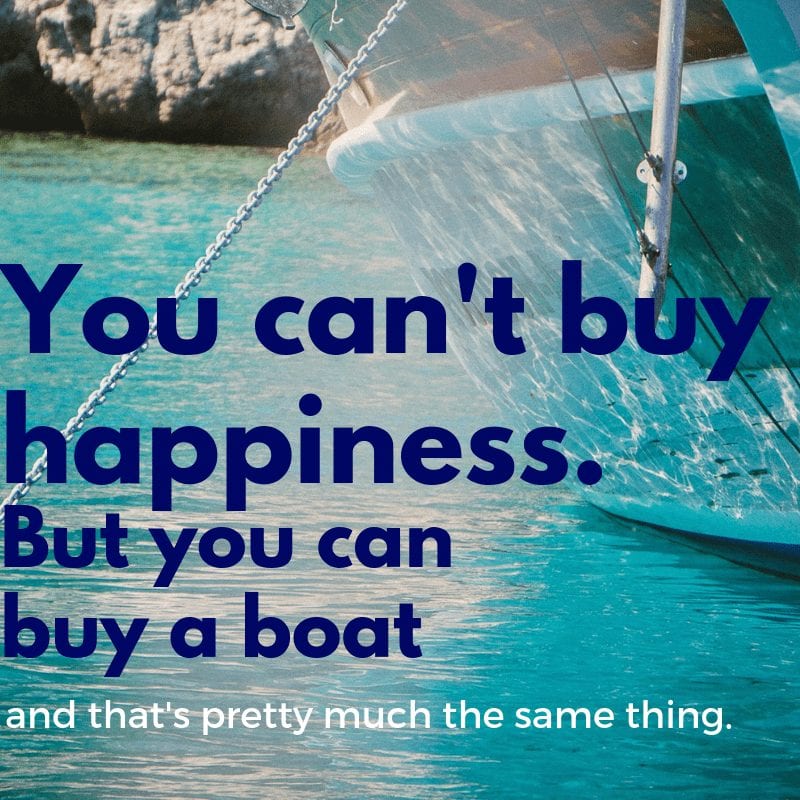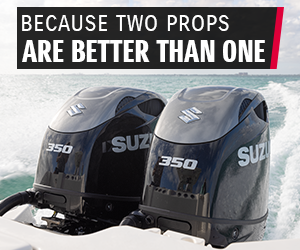Marine Trivia
Southern Boating is your source for all things boating and marine. As any well-salted cruiser will tell you, the seas are full of fun facts, miscellaneous trivia and interesting ephemera. As the saying goes, the captain cannot be concerned with the minutiae of shipboard frivolities. But we can. Check back often for more Marine Trivia.
Cruise to Your Favorite Movies
Cruise to the movies What’s better than watching a movie? Cruising to the locale where the movie was filmed, of...
Read moreDetailsYour Pig Pictures
Once again, the readers of Southern Exposure DELIVERED. Thank you all so much for the pictures and videos of the...
Read moreDetailsTop Five Boat Books
Top Five Boat Books Summer is coming to an end and nothing is more bittersweet than those last days aboard....
Read moreDetailsQUIZ: Are you a safe boater?
It's Safe Boating Week! Are you a safe boater? Find out with our Safe Boating Quiz. We all know that...
Read moreDetailsHow Deep is the Ocean?
Just how deep is the ocean? Deep. The ocean contains 95% of living space on the planet but is woefully under-explored. This...
Read moreDetailsCommon Nautical Phrases
Common Nautical Phrases Do you know the origins behind common nautical phrases like ‘cup of Joe’? What about ‘as the...
Read moreDetailsMating Season for Groupers
They do WHAT during the full moon? Every year from November to March, Nassau Grouper spawn (mate) during the Full...
Read moreDetailsWhy does Port mean Left?
The origins of port and starboard If you are an ardent boater or frequent guest of anyone who owns a...
Read moreDetailsBest Boat Quotes
Best Boat Quotes Here at Southern Boating, we appreciate witty sentences worthy of repeating. The following is a list of our...
Read moreDetails
